Salt AlternativesSalt is one of the most commonly used spices in cooking. Food has no taste without it. Many individuals avoid using white salt in their food since it may lead to various diseases when used in excess. If you add more or less, the blander the meal looks, and the more it will harm your health if you add too much. The next question is how to make the food delicious. Let us notify you that there are various alternatives to white salt that you may use. Let's learn about some of these excellent salt alternatives in this post. 1. Lemon Juice or Zest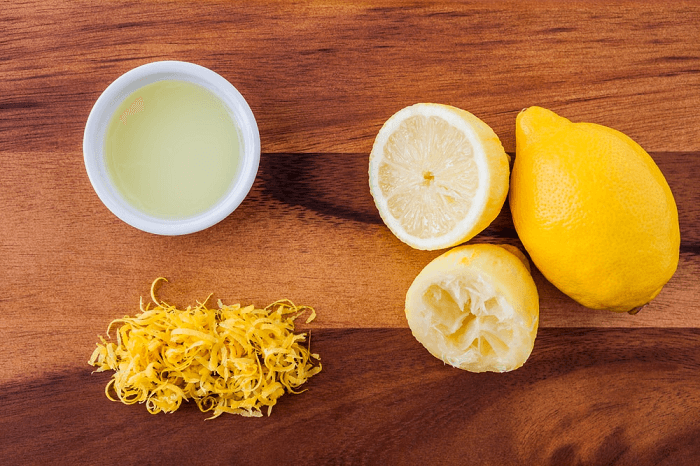
In certain recipes, lemon juice can be used as a substitute for salt. Lemon juice and olive oil are common for preparing homemade salad dressings. Citric acid, which exists in lemons, gives them a pronounced sour flavor. Although the flavor is very unlike salt, it works well to bring out and enhance the flavors of other meals. Salmon fillets, chicken breast, and vegetables are a few examples of bland, unseasoned meals that benefit. 2. Black Pepper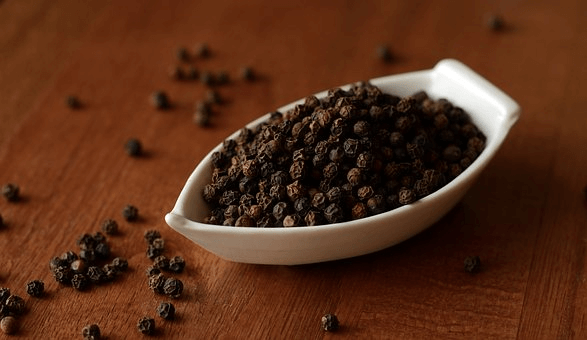
Black pepper probably exists in your kitchen if you enjoy salt. A food's flavor can be altered and given depth by adding ground black pepper, which has a distinctively spicy flavor. To lower your salt intake, use pepper instead of salt. Peppercorns come in various varieties, each with a distinctive flavor and aroma. A few health advantages of black pepper are also present. It is well recognized, for example, for its anti-inflammatory, antioxidant, and gastroprotective qualities. 3. Garlic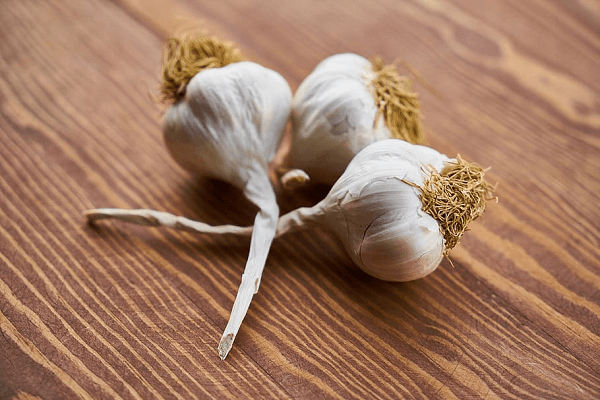
Garlic is a strong spice that enhances flavor without putting salt. Reduce the salt and enhance the garlic in tomato sauces and marinades. Garlic also goes well in soups and stir-fries. The health advantages of this allium veggie are also many. Garlic components have been found in studies to boost immunity, lower blood pressure, and improve cognitive function. 4. Nutritional Yeast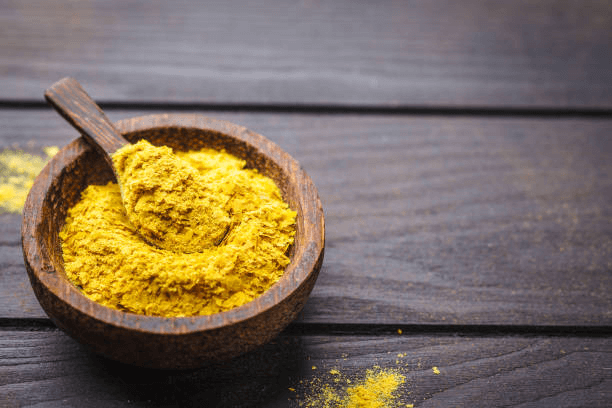
Nutritional yeast is deactivated yeast that is supplied by flakes and powder. Its cheesy, salty taste complements popcorn, pasta, and grains. Despite its cheesiness, it is free of dairy. Using nutritional yeast instead of salt may offer additional health advantages. Nutritional yeast's beta glucan fiber may help decrease your cholesterol, decreasing your heart disease risk. 5. SageSage can be used alone or with other herbs to flavor meats, risotto, polenta, and bean dishes instead of salt. Like many leafy greens, Sage is high in vitamin K, which aids in synthesizing and controlling proteins essential for bone metabolism and blood clotting. 10% of the recommended daily intake of vitamin K is found in one teaspoon. 6. Turmeric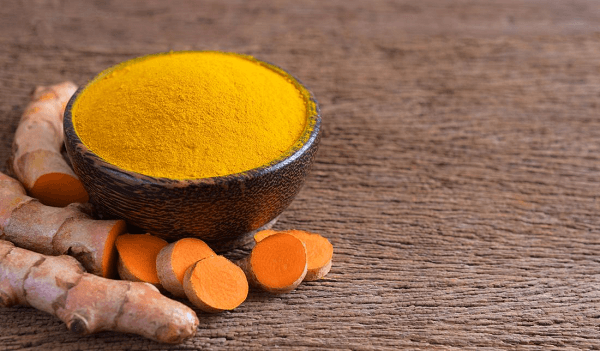
Turmeric is in high demand because of its anti-inflammatory properties, but it also tastes delicious and is a great salt alternatives. Turmeric is well-known for its usage in curries, but its earthy-sweet, slightly peppery flavor also complements eggs, soups, stews, and roasted root vegetables. Combine it with black pepper, which has piperine, a chemical that greatly improves the bioavailability and absorption of turmeric. 7. Kelp Granules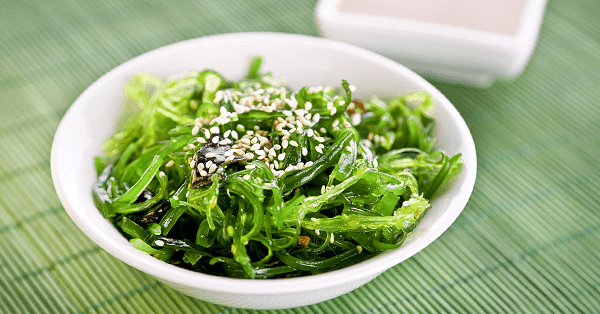
If you want a satisfyingly salty flavor without using salt, turn to this new spice. "Kelp granules are particularly intriguing since they are high in iodine, an essential vitamin that is frequently difficult to consume effectively without iodized salt," says the scientist. Pair kelp granules with crab cakes, soups, or other classic or plant-based seafood meals, as they taste similar to seaweed. 8. Paprika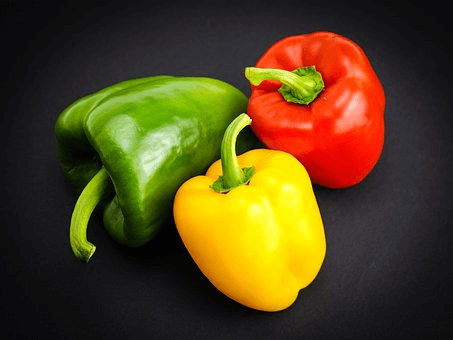
The spice cabinet is almost always stocked with paprika, a global seasoning. It works wonders as a salt alternative. It consists of several dried peppers from the Capsicum annum family, including fiery and sweet peppers. This vibrant, crimson-red colored powder is adaptable; it may be used to flavor food, garnish it, and give a recipe color. Even eggs and textiles may be dyed with it. Most paprika originates from Spain and Hungary and is sweet, spicy, or smoky. 9. Oregano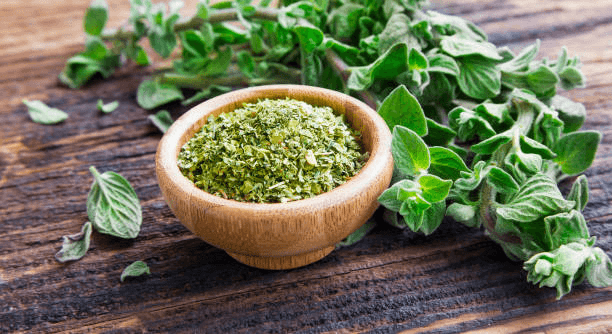
The herb oregano, or Origanum vulgare, is used to flavor food. Although there is no proof of health advantages, it is considered safe in amounts found in typical foods. Olive-green leaves and purple blooms are features of oregano. It is genetically similar to marjoram, mint, thyme, and basil, among other herbs. Chemicals in oregano may aid in lessening coughing. Additionally, oregano may aid digestion and the defense against certain germs and viruses. There isn't any solid scientific evidence to support the claims that oregano may treat parasitic infections, wound healing, or other diseases for which it is commonly used. 10. Thyme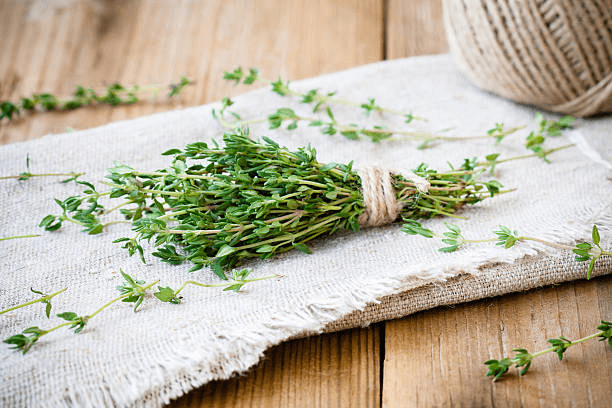
The mint family includes thyme. This may give you a decent impression of the fresh scent that thyme adds to a meal and how removing it without a replacement might produce a very bland flavor. An herb that is frequently used to season salty meals is thyme. It may be used both on its own and with other plants. Sage, oregano, and rosemary are typical herbs to use with thyme. Thyme, like many other herbs, can be used fresh or dried. Dried thyme is a vital herb to have on hand in your pantry or spice rack 11. Basil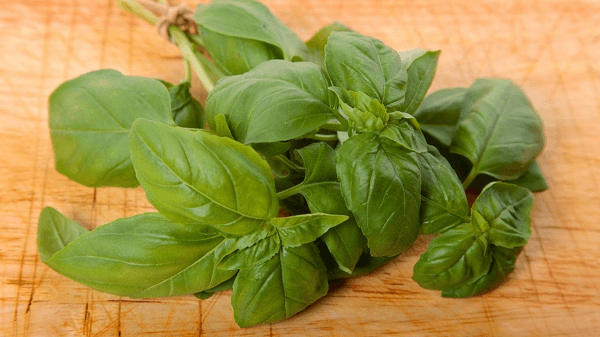
Basil leaves vary in size and appearance according to the cultivar, but they typically measure 3 to 11 centimeters in length and have an oval to lanceolate shape. The leaf's surface is smooth, broad, and flat, with prominent veining, and it is available in brilliant green, dark green, and purple colors. The leaves are likewise fibrous with square stalks and have serrated to jagged edges. Due to the high concentration of essential oils in basil leaves, they have distinct fragrances of anise, clove, citrus, cinnamon, and camphor. The leaves may be plucked at different stages of maturity, with varied tastes according to the cultivar, and have a herbaceous, sweet, and nutty flavor with fresh licorice notes. 12. Coriander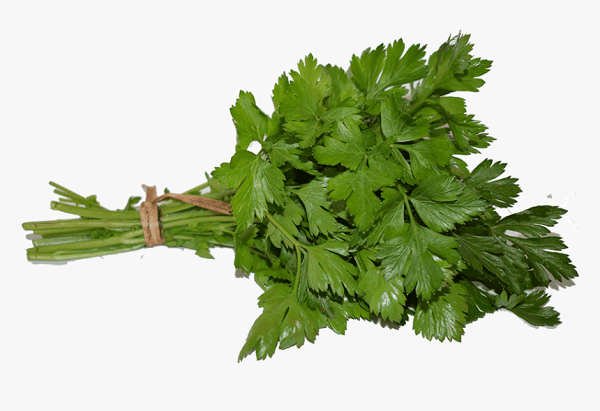
Coriander, or Coriandrum sativum, is a feathery annual plant of the parsley family (Apiaceae) whose components are used both as herbs and spices. The plant, indigenous to the Mediterranean and Middle East, is widely cultivated in various locations worldwide for food use. Its dried fruits and seeds, commonly known as coriander, are used to flavor various meals, including sausages, curries, Scandinavian pastries, liqueurs, and confections like English comfits. Its exquisite young leaves, known as cilantro, are frequently used in recipes from China, India, and Latin America. It is sometimes referred to as cilantro or Chinese parsley. 13. Rosemary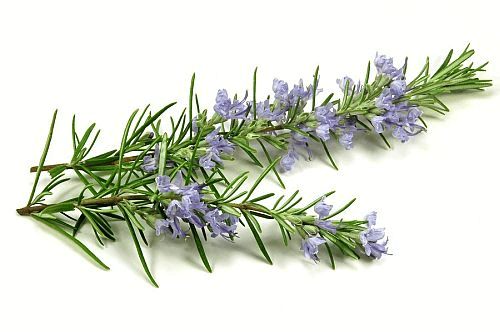
Rosemary (Rosmarinus officinalis) is a native Mediterranean plant. Both food and medicine frequently contain the leaf and its oil. When applied to the scalp, rosemary enhances blood flow, which may aid in forming hair follicles. Additionally, rosemary extract may help to protect the skin from sun damage. People frequently use rosemary for memory, dyspepsia, weariness, hair loss, and many other things. However, most of these applications need to be better supported by research. 14. Dill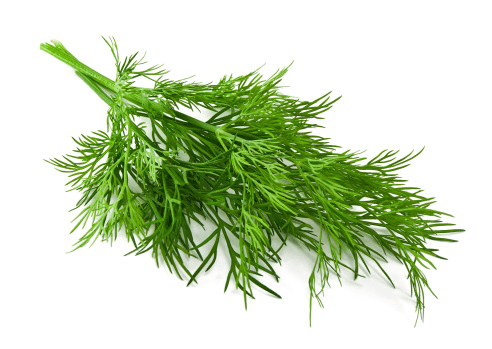
The flavor of dill is most often associated with potato salad and dill pickles, although it has long been a staple of European and Asian cuisines. While dill seed is a spice, dill leaves are referred to as the weedy dill plant. The best time to buy fresh dill is in the spring and early summer, but it is sometimes produced in greenhouses, making it available all year. The feathery green leaves of the dill plant (Anethum graveolens), which also produces flat, oval fruits, are used to make the dill weed herb and the spice dill seed. Dill seeds are used as a spice in pickles and other dishes. Dill weed, like chervil, is delicate and pairs well with eggs or salads. If you're thinking about growing it in your garden, it's a biennial herb related to celery that likes to regenerate itself and spread far. 15. Apple Cider Vinegar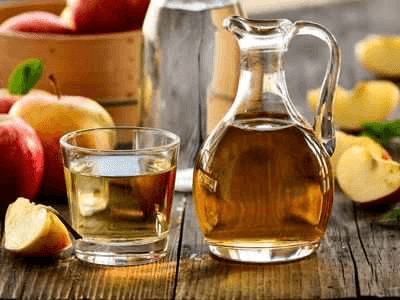
Apple cider vinegar is primarily apple juice, but the sugar in the juice is converted to alcohol by adding yeast. This technique involves fermentation. Bacteria convert alcohol into acetic acid. That is what gives vinegar its tart flavor and powerful aroma. The usage of apple cider vinegar as a home treatment for conditions including sore throats and varicose veins is not new. In recent years, several scientists have focused on apple cider vinegar and its potential advantages. You could notice the bacterial and yeast cloud in an apple cider vinegar bottle. These items include probiotics. 16. Balsamic Vinegar
Balsamic vinegar, dark-brown vinegar created from unfermented grape juice, is a popular condiment. It is renowned for its unusual, strong, complex tastes and sour aftertaste. Real balsamic vinegar may be pricey since it must be aged in barrels for months or even years. Balsamic vinegar is becoming increasingly popular in food preparations, notably marinades and salad dressings. It is used as a low-fat supplement and as part of a heart-healthy diet. Some people believe balsamic vinegar is healthy on its own. According to some studies, balsamic vinegar may aid in cholesterol reduction, weight loss, and even bright skin. 17. Dried Onion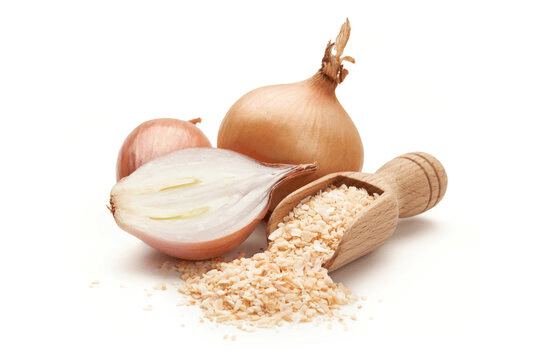
The water in raw onions is removed to make dried onions. The particles are then milled or separated to a precise particle size. The onion's roots and tips are removed before drying, the onion is cleaned and peeled, and the materials are washed and sliced. Dehydrated onion is commonly used in ethnic cuisine preparations, dry soup mixes, canned, dry, or frozen vegetable combinations, sauces, dry casserole mixes, food service and fast meals, and other applications. Flour India provides top-quality dehydrated onions from the best collected raw materials and advanced technology. The finished product is checked one last time to ensure perfect uniformity of quality, safety, cleanliness, taste, and color. 18. Coconut aminos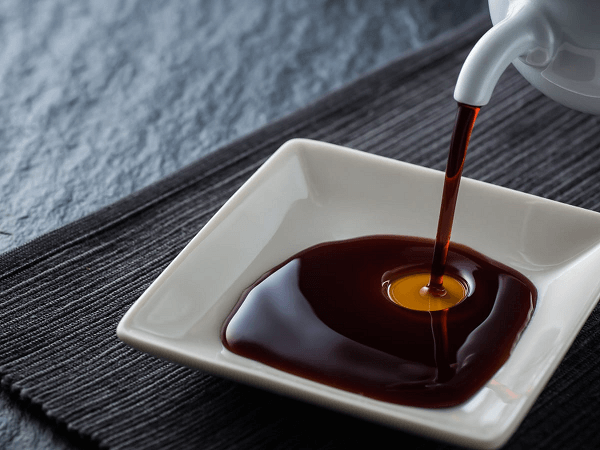
Coconut aminos is a dark-colored sauce that tastes like soy sauce. Coconut aminos, on the other hand, are made from the sap of the coconut plant rather than from coconuts. The sap is kept and aged after extraction. It ferments during this period due to the natural carbohydrates present. The end product is wonderful and has no trace of coconut flavor. People frequently choose coconut aminos over soy sauce for health reasons. Coconut aminos, on the other hand, are soy- and gluten-free, making them acceptable for anyone sensitive to soy or wheat. However, many health claims are based on folklore rather than rigorous study. 19. Curry Powder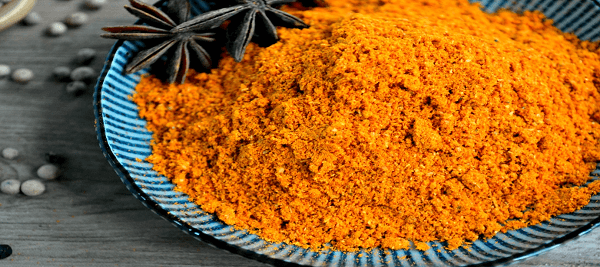
Curry powder is a spice combination of chili pepper, coriander, turmeric, cumin, and fenugreek. It has a bright yellow hue and a warm, earthy flavor that goes well with salty meals. 20. Cinnamon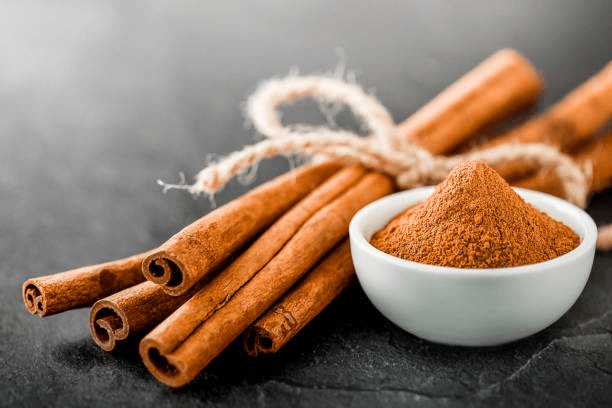
Cinnamon may become a new salt-free go-to for those who enjoy a pinch of sea salt on their chocolate. Cinnamon can reduce sodium in baked products such as brownies and other sweet confections that call for salt. Cinnamon may benefit your health in ways other than lowering your salt consumption. Cinnamon, for example, can help reduce blood sugar levels when ingested regularly. ConclusionThe majority of people throughout the world consume much too much salt. Reduced consumption may help minimize the risk of high blood pressure and linked chronic health issues such as heart disease and stroke. Try spicing your cuisine with healthy salt alternatives like lemon, vinegar, and spices.
Next TopicWatchCartoonOnline Alternatives
|
 For Videos Join Our Youtube Channel: Join Now
For Videos Join Our Youtube Channel: Join Now
Feedback
- Send your Feedback to [email protected]
Help Others, Please Share









